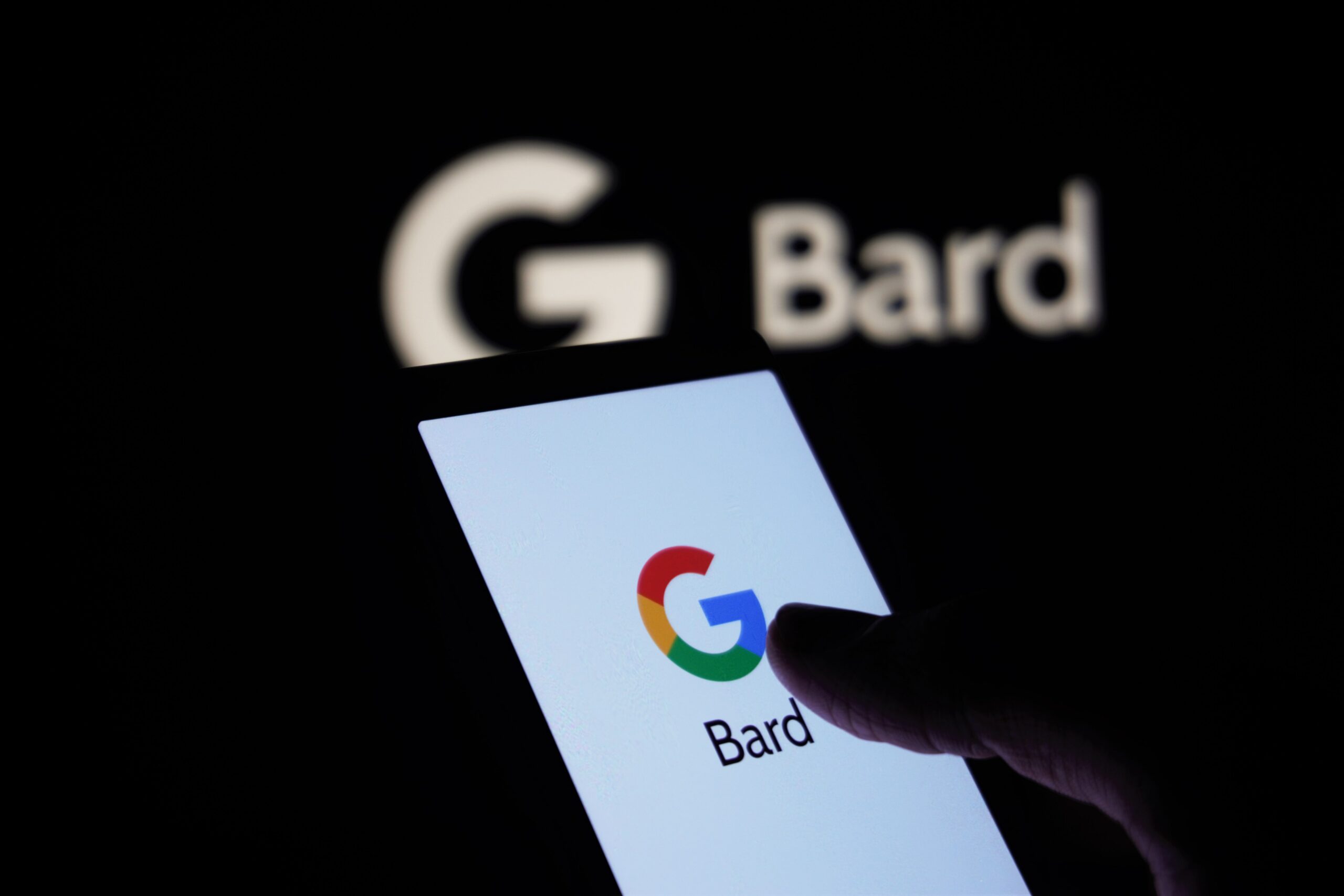Software
Google Bard launches in
Swahili, and debuts major AI feature updates
The AI text platform has integrated an African language for the first time in an expansion to 59 new countries and territories.
Google has announced the expansion of Bard, its conversational AI service, to 40 new languages, including Swahili, along with substantial updates to its functionality.
Swahili is the first African language to be included, as Google expands the service to 59 new countries and territories. The expansion includes new features that allow users to better customise their experience and boost their creativity.
Bard is now available in most of the world, including countries in the European Union (EU), and in the most widely spoken languages, including Swahili, Chinese, German, Spanish, Arabic, Hindi, and Spanish. Users can now access Bard in their preferred language with text-to-speech also enabled in 8 languages.
“This is Bard’s largest expansion to date – we see its global availability as a great democratiser of knowledge,” said Dorothy Ooko, head of communications and public affairs for Sub-Saharan Africa at Google.
According to UNESCO, Swahili is among the 10 most widely spoken languages in the world, with more than 200 million speakers. The inclusion of more languages and territories will also help to make Bard more inclusive, through feedback from a wider range of users.
Rachael Ndichu, language manager at Google, said: “The launch of Bard in Swahili is a major milestone as it allows Bard to reach even more people in Africa, where approximately 150-million people speak Swahili. This makes Bard more accessible to everyone in the region, and we believe that it has the potential to be a powerful tool for creativity and learning.”
As part of the expansion, the new updates launched include, listen to responses which is available in over 40 languages and allows users to listen to Bard’s responses once they select the sound icon. This is especially helpful if they want to hear the correct pronunciation of a word or listen to a poem or script.
Users can also now adjust Bard’s responses by changing the tone and style of its responses to five different options: simple, long, short, professional or casual. This feature is live in English and will expand to new languages soon.
Google has also launched four new features to help users get more done. Users can now pin and rename their conversations with Bard, making it easier to revisit conversations that contain important information or ideas later. Through the export code to more places feature, users can now export Python code to Replit, in addition to Google Colab, making it easier for users to share their code with others or use it in other projects. Users will be able to share responses with friends using shareable links, making it easier to collaborate on projects or get feedback on ideas. Users can now also upload images with prompts to Bard.
However, users should not simply accept anything Bard produces at face value.
Google said in a statement: “Bard seeks to combine the breadth of the world’s knowledge with the power, intelligence and creativity of Google’s large language models. It draws on information from the web to provide responses. As an experimental technology, Bard may occasionally make inaccurate statements in response to user prompts. So if a response from Bard is inaccurate or unsafe, if one experiences an issue, or just wants to provide feedback, there’s an easy way to do that.”



















